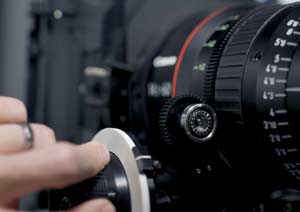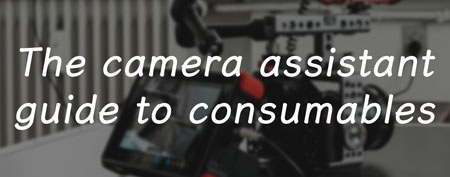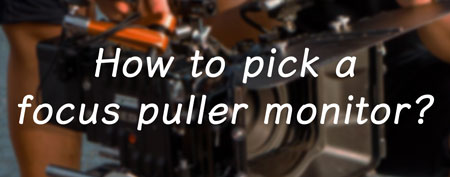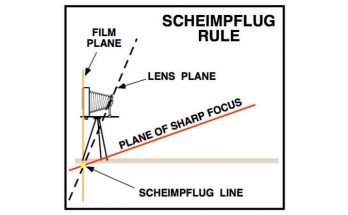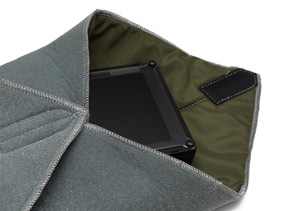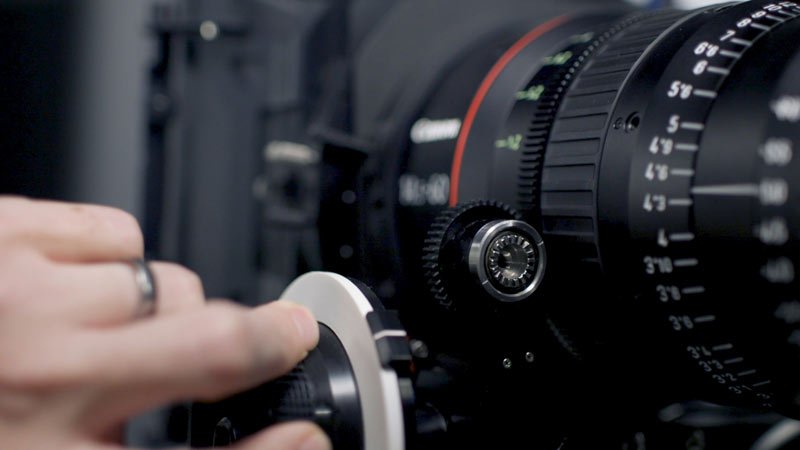
What is a focus puller?
A focus puller, also known as first assistant camera or 1st AC, is a key member of the camera department in film and television production. As the name implies, the main responsibility of the focus puller is to keep the camera lens in proper focus throughout filming. While this might sound mundane in the era of autofocus, it is anything but. This is a highly skilled job, that requires concentration, precision, a keen eye for distances and a superb feel for tempo.
The focus puller’s position carries huge responsibility. It is generally known as one of the most difficult and stressful jobs on a film set. During the couple of minutes a typical take lasts, days of preparation and rehearsals, hundreds of peoples’ work and a lot of money are in the hands of the focus puller. A million dollar actor might give you the performance of a lifetime, and yet an improperly focused shot or a missed rack que can render the take unusable.
Tasks and responsibilities
Apart from the namesake act of pulling focus, the focus puller has a plethora of other responsibilities within the production. The specifics vary among the different systems around the globe, but it is generally accepted that the “A” Camera’s 1st AC is the technical head of the camera department. As such, the first assistant handles communication between the Director of Photography (DOP) and the camera crew. The “A” Cam’s 1st AC also coordinates equipment upkeep and maintenance, incoming and outgoing rentals and various other tasks. If a production shoots with multiple cameras, the 1st ACs on “B”, “C” and subsequent cameras are each responsible for the technical aspects of their respective camera units. Each 1st AC is in turn supported by a 2nd AC, also known as a clapper loader. Sometimes, the camera unit is completed by a camera trainee or a 3rd AC.
While routine equipment maintenance tasks are predominantly a 2nd AC domain, as the technical head of the camera department, it’s ultimately the 1st AC’s responsibility to ensure all gear is properly looked after and maintained. This requires intimate knowledge of the equipment at hand, combined with a comprehensive toolkit and reference materials.
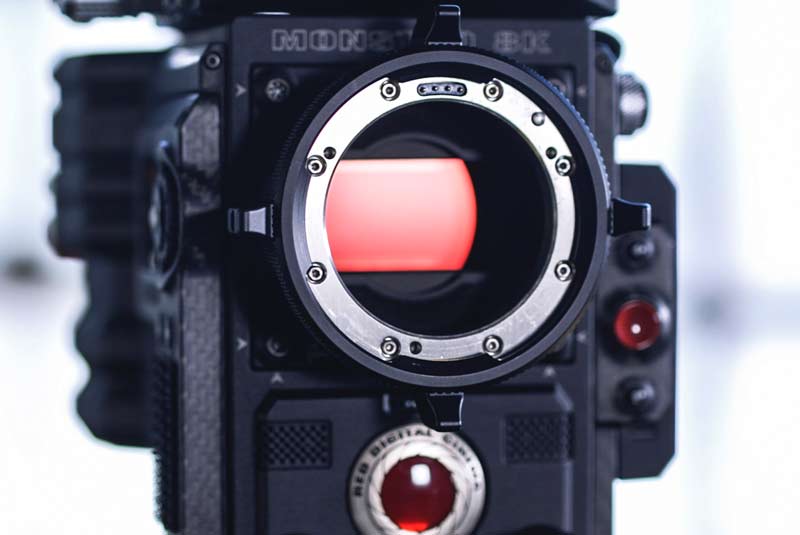
What does it mean to pull focus?
Pulling focus is the process of keeping a subject or a scene in proper focus throughout a shot. The process varies widely depending on the particular shot, the mise en scène and equipment involved. Usually, the lens focus ring is rotated through a device that makes the act easier and more precise. This is usually a mechanical follow focus or an electronic wireless remote follow focus.
Static shots
In some cases, pulling focus might involve no “pulling” at all. In a static shot with no movement of subjects or camera, the focus pullers job can be as simple as setting the distance and making sure that the depth of field is sufficient. Afterwards, the focus puller would simply monitor the scene to be able to react if corrections are required.
As an example, lets assume we have a wide shot of a couple having dinner in a restaurant. We are shooting with an Arri Alexa Mini and an Ultra Prime 32mm lens set at T4.0. The distance between the camera and the table is 5 meters, which gives us a depth of field from 3.08 to 6.4 meters. Consulting with the assitant director (AD), the focus puller knows that in the shot neither of the actors is going to move away from the table. Given this information, the focus puller determines that the depth of field would cover any leaning or fidgeting that the actors might do on their chairs, and therefore no correction would be necessary if the script is followed.
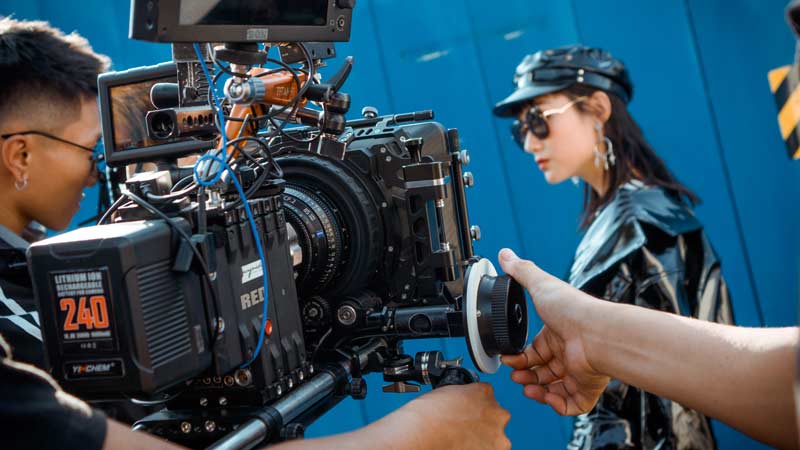
Dynamic shots
The other end of the spectrum is where the skills come in. Focus pullers often have to eyeball distance between camera and subject throughout complicated choreography and in challenging conditions. Most rely on a variety of techniques and a good deal of intuition.
Measurements and rehearsals are always useful, but not always provided in a fast paced production. Furthermore, the ever increasing resolution and sensor size of modern cine cameras have reduced the tolerances for error to almost zero. Because of this, a lot of focus pulers have added a monitor to their kit.
Focus racks
The third distinct category of focus pulling is the focus rack. Normally, the focus puller’s job is to make focus transitions as seamless and unobtrusive as possible, so as not to distract the viewer. However, every now and then there are certain situations where the act of pulling focus itself is utilised as an expressive tool. The video above does a good job of explaining when and when such focus racks are used.
How to become a focus puller
As discussed before, the position of a 1st AC is a senior, rather than an entry position within the camera department. Film crews are extremely hierarchical and, not unlike the military, you generally start from the ground up. While there are always exceptions, you’ll rarely find a senior crew member on a decent production that has not started as a trainee or runner.
If you’ve never worked in film before, and you want to become a focus puller, you’ll have to earn it. This means starting as a camera trainee, working your way up to a 2nd AC, and gradually transitioning into a 1st AC aka Focus puller position. Of course, the time this path takes you can vary wildly – for some people it only takes a few months, while others may need a few years between steps.
Focus Puller Q&A
How can I practice pulling focus?
Pulling focus is a complex task that unites technical skill with the art of real time distance and pace estimation. When you first start out, you can quickly get overwhelmed by the sheer amount of information you need to process. However, at the bottom of it all is a single variable – the distance between the camera and the actor. Get this right, and the image will be in focus.
There are many way to practice pulling focus. A good, easy starting point is to train your distance estimation. Grab a tape measure, or even better, a compact laser measure, and put it in your pocket. Now, as you go about your day, whenever you get the chance, try to guess the distance of objects you encounter. For example, you just walked in your living room, what’s the distance between the end of the couch and the TV? Take your best guess, then measure to see how close you were. Do this long enough, and you will “calibrate” you eyes to the point where you’ll be doing this without even thinking.

